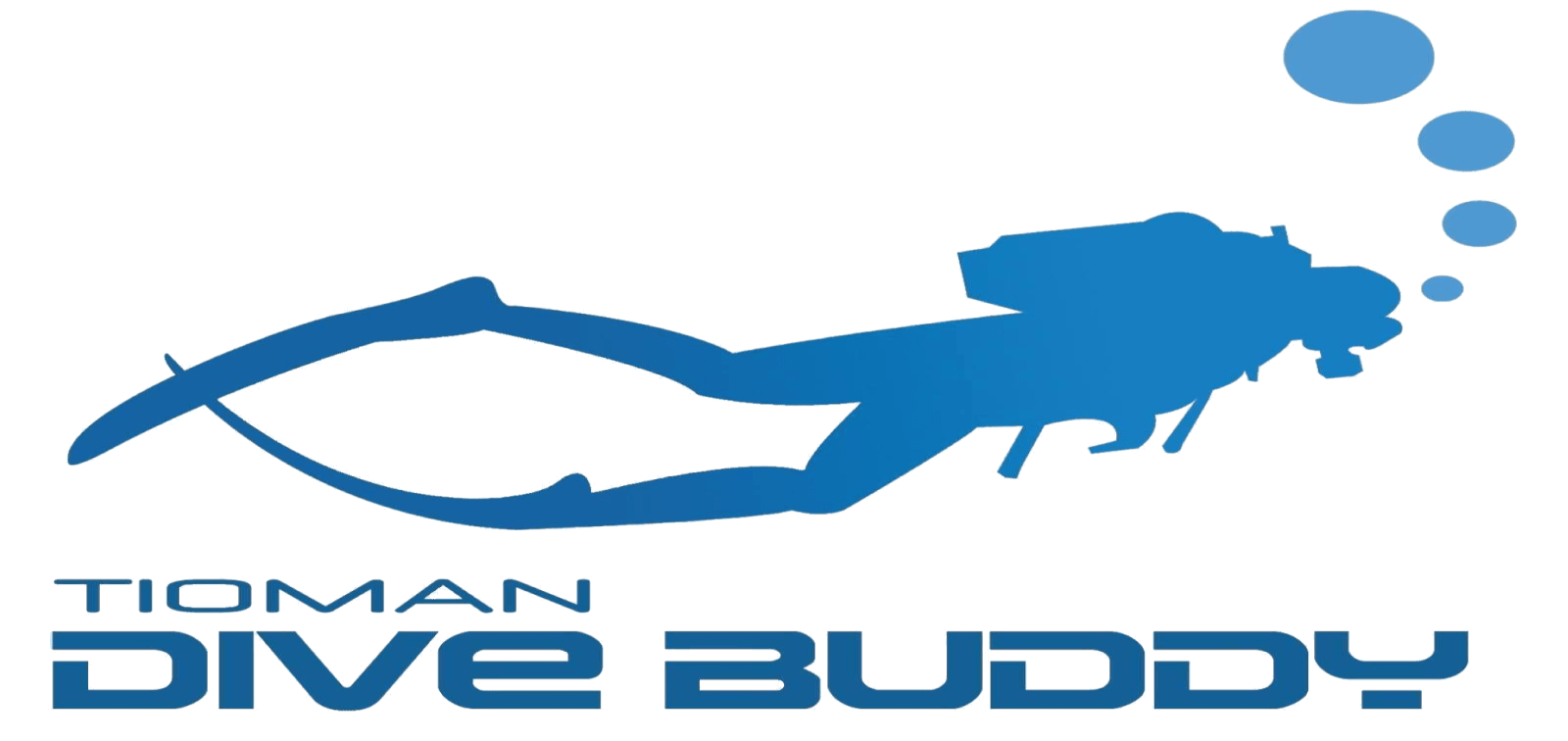
Diving Safety Tips and Precautions
April 17, 2023
Common Question About PADI Open Water
April 19, 2023Neutral buoyancy is the ability to float effortlessly underwater, neither sinking nor floating to the surface. Achieving and maintaining neutral buoyancy is a fundamental skill for scuba divers, and is critical to the enjoyment and safety of any dive.
So, what exactly is neutral buoyancy? To understand this concept, it's important to first understand the basics of buoyancy. Buoyancy is the force that causes an object to float or sink in a fluid, and is determined by the object's weight and the density of the fluid. In scuba diving, the fluid is water, and the object is the diver and their equipment.
When a scuba diver enters the water, they are negatively buoyant, meaning they tend to sink. This is due to the weight of their body and equipment being greater than the amount of water they displace. To counteract this, scuba divers use buoyancy control devices, such as a buoyancy compensator (BCD), to add air to their diving vest or drysuit. This additional air decreases the overall density of the diver, making them more buoyant and able to float.
However, achieving neutral buoyancy requires more than just inflating a BCD. It requires precise control of the amount of air in the BCD, as well as the diver's position in the water and their breathing. When a diver achieves neutral buoyancy, they are able to hover in the water column without exerting any effort, conserving energy and allowing them to focus on the dive itself.
So, why is neutral buoyancy important for scuba diving? There are several reasons:
Safety: Maintaining neutral buoyancy is critical for safety during a dive. If a diver is too buoyant and floats to the surface too quickly, they risk developing decompression sickness. Conversely, if they are too negatively buoyant and sink too quickly, they risk hitting the bottom or getting caught in underwater obstacles.
Conservation: Achieving neutral buoyancy allows divers to conserve energy, which is important for longer dives or multiple dives in a day. When a diver is not fighting against the water column, they are able to relax and enjoy the dive more fully.
Environment: Neutral buoyancy is also important for minimizing the impact on the environment. When a diver is neutrally buoyant, they are less likely to damage the reef or disturb marine life, as they are not touching the bottom or stirring up sediment.
Photography and videography: For those interested in underwater photography or videography, achieving neutral buoyancy is crucial. It allows the diver to position themselves precisely and remain stable while taking pictures or videos.
In summary, neutral buoyancy is the ability to float effortlessly underwater and is a fundamental skill for scuba divers. Achieving and maintaining neutral buoyancy requires precise control of the amount of air in the buoyancy control device, the diver's position in the water, and their breathing. Neutral buoyancy is important for safety, conservation, minimizing environmental impact, and underwater photography and videography. All divers should strive to master this skill and enjoy the benefits it provides during every dive.



